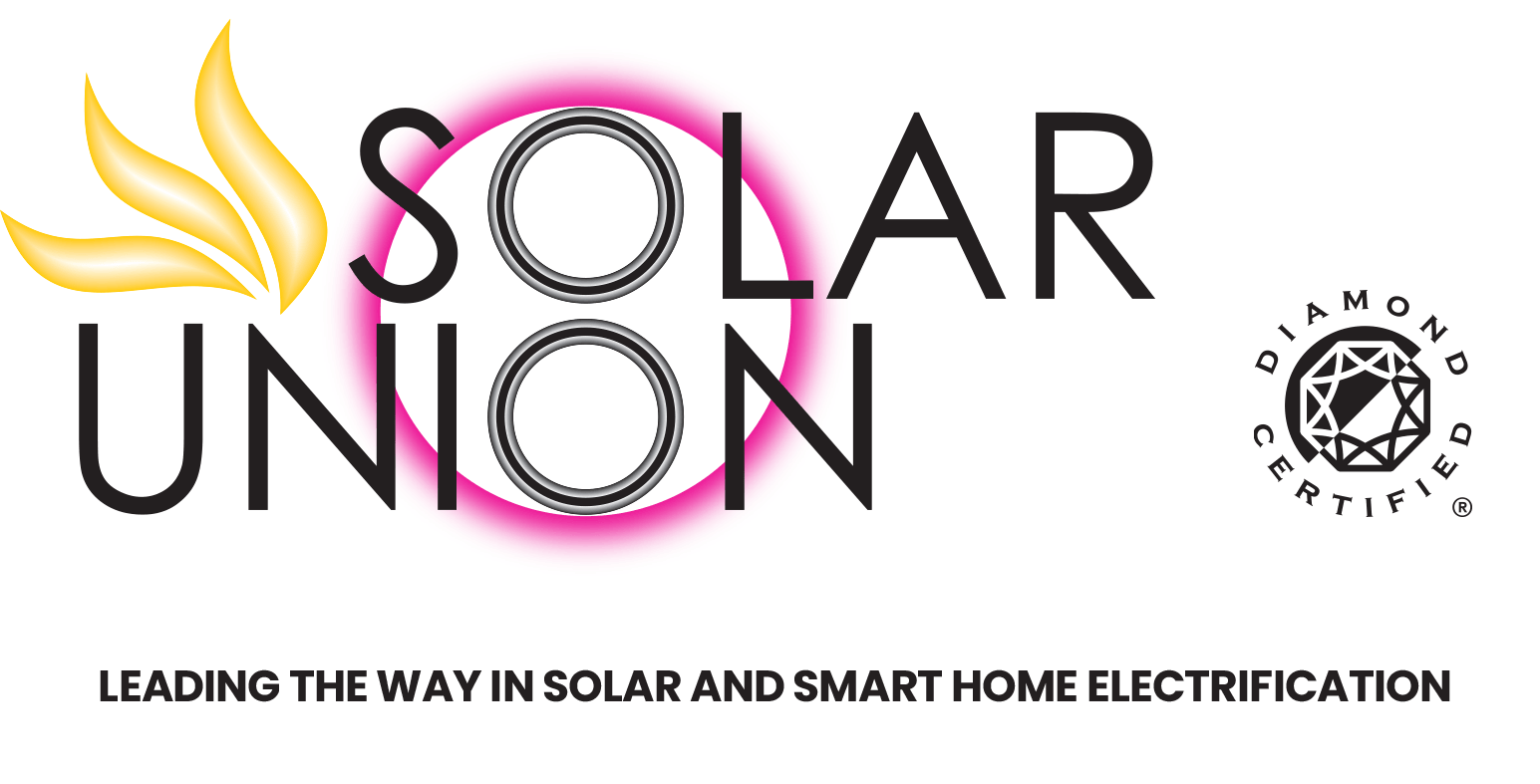Background on California Net Energy Metering NEM 2.0
The California Public Utilities Commission (CPUC) has officially started negotiations to change the current Net Energy Metering (NEM) 2.0 program, with a final decision expected later this year. What does this mean for current NEM rules?
The CPUC published a Net Metering 2.0 Lookback Study to evaluate the impact of NEM 2.0 and the study concluded that consumers saw a lot of benefits from NEM 2.0 compared to NEM 1.0. Consumers received optimal pricing under the current rules and regulations.
To better understand this, take a look at some of the current Net Energy Metering 2.0 rules below:
- NEM customers receive a credit valued at full retail rates. These rates represent the price customers would have paid for electricity used from the grid at the time rather than their solar system.
- Customers pay a one-time application fee between $75 and $145.
- Customers utilizing NEM must be registered on time-of-use rate plans, where rates vary on the time of day and time of year.
- Solar power owners save credits from excess energy over the year.
Existing net metering customers are grandfathered into the program, meaning they will not be subjected to the changing rules under NEM 3.0. This will allow them to have certainty and knowledge of what they are investing in.
Many customers use the credits earned from NEM to shorten the payback period on their system. If the rule changes get implemented, however, customers would receive fewer credits for their power, which will unambiguously increase the payback period.
What to Expect from NEM 3.0
In March 2021, California’s Investor Owned Utilities (IOU), Pacific Gas and Electric Company (PG&E), San Diego Gas & Electric Company (SDGE), and Southern California Edison (SCE) introduced a joint proposal that would decrease the amount of money customers get for their solar power. Why?
The current economics of rooftop solar threatens IOU’s bottom line, which is why IOU is trying to eliminate NEM 2.0 and instead, implement NEM 3.0. The utility companies claim that the existing NEM 2.0 system is “more generous than it needs to be,” when in reality, their goal is to disincentivize solar because it hurts their business.
For this reason, if NEM 3.0 becomes California’s new policy for solar rooftops, the following impacts could occur:
- The new policy would apply to households that adopt NEW solar energy installations after November 2021.
- New adopters of residential solar systems would have to pay monthly customer service and maintenance costs to California’s current net metering system.
- Compensation for excess energy would be decreased by 50%, which would dramatically decrease the return on investment of a home solar system and significantly increase the payback period. As a result, residential solar would appear like a less attractive investment.
- Payback rates would be based on projections of energy prices over time, resulting in uncertainty about excess energy rates for customers
What can you do about this upcoming event that can potentially decrease the economic benefits of going solar? Get your system installed BEFORE these new changes come into effect. You still have time to go solar and reap all the benefits of NEM 2.0!
With this in mind, we encourage you to join the SolarUnion family today and take advantage of our cutting-edge home energy solutions before it’s too late. Our San Francisco solar specialists have the answers you need to make a viable decision about your home or business’s solar needs. To learn more, contact us at (888) 815-6633!

